A brick wall that is bowed, cracked, or otherwise damaged can be unsightly and dangerous. If you have a bowing brick wall on your property, taking care of the problem as soon as possible is important.
The good news is that there are a few different ways to repair a bowing brick wall, and the method you choose will depend on the severity of the damage. So keep reading to learn more about how to fix bowing brick wall.
Summary: Fixing a bowed brick wall is not as difficult as it may seem. All you need is some common hand tools and a little bit of know-how on how to use them. Here are the steps that you need to take in order to fix the wall: 1. Take a look at the wall from all angles and determine the exact location of where the wall is bowed. 2. Using a level, mark the location of the wall’s bowed area. 3. Cut a shallow trench around the marked area using a spade. 4. Fill the trench with a mixture of mortar and sand. 5. Smooth the surface of the mortar with a trowel. 6. Cover the mortar with bricks and sand. 7. Repair any cracks or holes in the brick wall using mortar and sand.
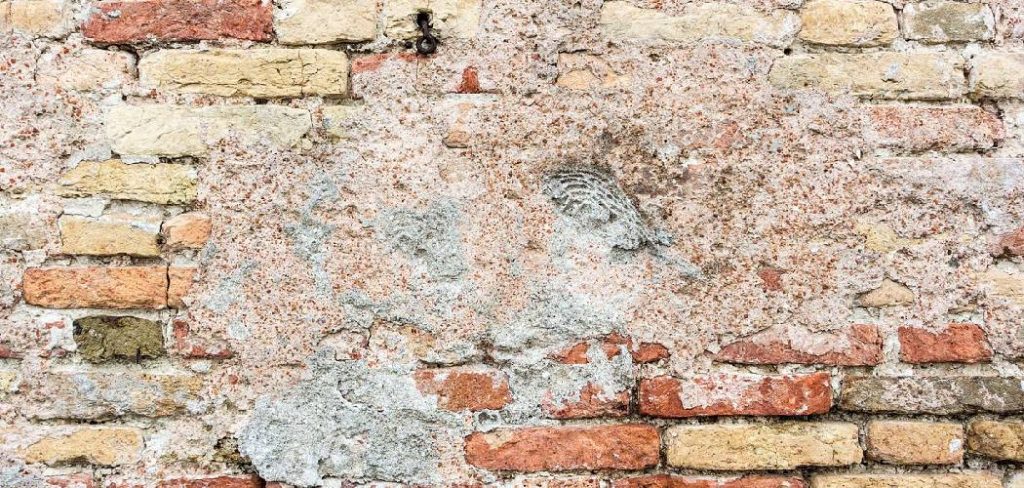
Can You Fix Bowing Brick Wall?
Bowing brick walls are a serious problem. They can cause the roof to collapse, and they can also lead to cracks in the foundation. If you have a bowing brick wall, getting it fixed as soon as possible is important. There are a few different ways to fix a bowing brick wall.
One way is to use helical piers. Helical piers are driven into the ground and then used to support the weight of the wall. This is a very effective way to fix a bowing brick wall, but it can be expensive.
Another way to fix a bowing brick wall is to attach brackets to the wall. The brackets will spread the wall load, which can be adjusted as the wall starts straightening out.
This is a less expensive way to fix a bowing brick wall, but it’s not always as effective as helical piers. If you have a bowing brick wall, you should talk to a structural engineer about the best way to fix it.
Why Should You Fix Bowing Brick Wall?
Bowing brick walls are a structural problem that can pose serious threats to the stability of your home. While the issue may not seem like a big deal initially, it can quickly become a major problem if left unchecked. Bowing brick walls occur when the bricks in your wall start to shift and lean outwards.
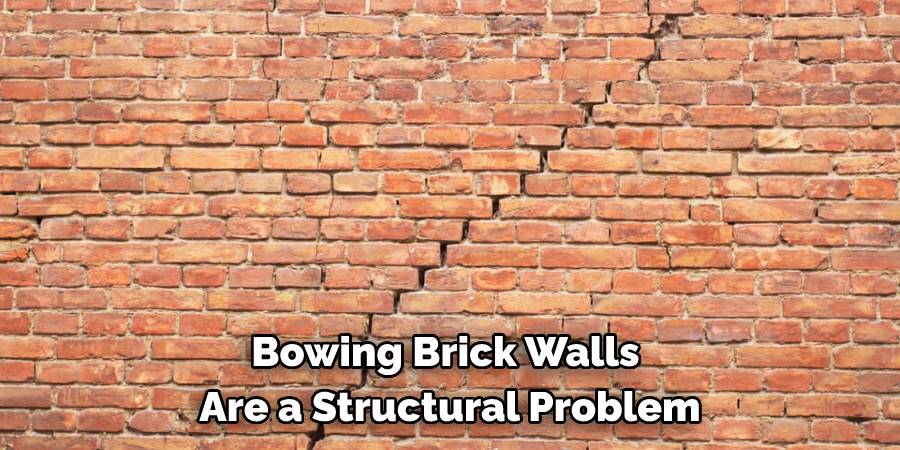
This is usually caused by the soil around your foundation settling unevenly. As the soil settles, it places extra pressure on the bricks, causing them to bow. Sometimes, this pressure can be so great that it causes the bricks to crack or collapse. If you have a bowing brick wall, it’s important to have it fixed as soon as possible.
While it may not seem urgent, it can quickly become a serious safety hazard. For example, bowed walls can cause your foundation to crack, leading to serious damage to your home.
In extreme cases, they can even cause your home to collapse. So if you’re concerned about a bowing brick wall on your property, don’t hesitate to contact a professional for assistance.
A qualified contractor can assess the situation and recommend the best course of action for your situation.
4 Methods to Follow on How to Fix Bowing Brick Wall
Method 1: Mortar Joint Repair
If the damage to your brick wall is limited to cracks or gaps in the mortar joints, you can usually repair the wall with some basic tools and materials. To repair mortar joints, you will need a cold chisel, a hammer, a wire brush, mortar mix, and water.
First, use the cold chisel and hammer to remove any loose mortar from the cracks or gaps. Be sure to get rid of all of the loose pieces so that you have a clean surface to work with. Next, use the wire brush to sweep away any dirt or debris. Once the surface is clean, mix together the mortar mix and water according to the manufacturer’s instructions.
Then, simply fill in the cracks or gaps with the mortar mixture using a putty knife. Next, smooth out the surface of the mortar joint so that it is level with the rest of the brick wall. Allow the mortar to dry for at least 24 hours before moving on.
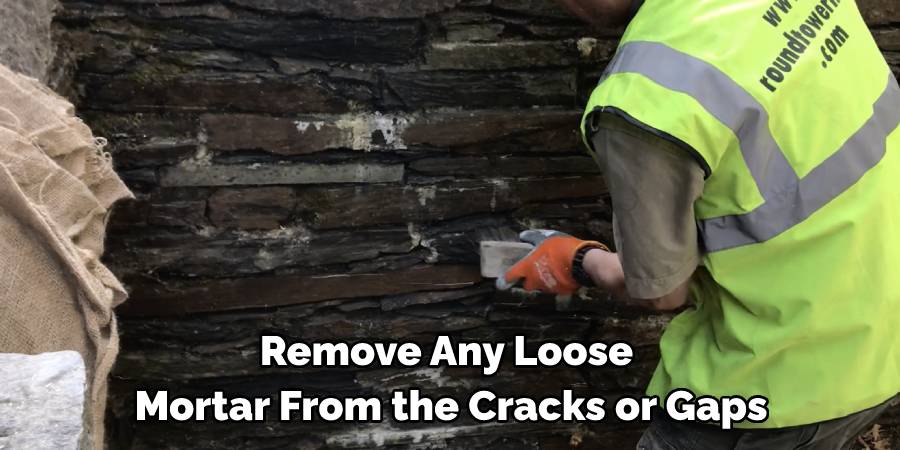
Method 2: Wall Anchor Installation
In some cases, damaged brick walls cannot be repaired with just mortar joint repair. If your brick wall is severely bowed or cracked, you may need to hire a professional to install wall anchors. Wall anchors are essentially bolts that are installed into your foundation and attached to your brick wall to stabilize it.
The installation process is fairly complex and should only be attempted by someone with experience. First, the professionals will need to drill holes into your foundation and insert anchors into those holes. Then, they will attach plates to your brick wall using masonry screws. Finally, the plates will be connected to the anchors to stabilize your wall.
This method is usually only necessary for walls that are severely damaged. However, it is much more reliable than other repair methods because it does not rely on gravity to keep your wall in place.
Method 3: Carbon Fiber Reinforcement
You may want to consider carbon fiber reinforcement if you are looking for a more permanent solution to your bowing brick wall problem. Carbon fiber is a material that is used in many industries because of its strength and durability. However, when it comes to brick walls, carbon fiber can be used to reinforce the mortar joints and help prevent further damage.
The installation process is similar to that of wall anchors. First, holes are drilled into the brick wall, and carbon fiber strips are inserted into those holes. Then, the strips are attached to plates using masonry screws. Finally, the plates will be connected to the anchors to stabilize your wall.
This method is much more reliable than other methods of repair because it does not rely on gravity to keep your wall in place. It is also less likely to cause further damage to your brick wall because it does not put as much stress on the mortar joints.
Method 4: Helical Wall Anchors
If you are looking for an alternative to carbon fiber reinforcement, you may want to consider helical wall anchors. Helical wall anchors are similar to regular wall anchors but are made of a stronger material and installed differently.
The installation process is similar to that of regular wall anchors, but the anchors themselves are much stronger. Helical wall anchors can be used to reinforce walls that are made of brick, stone, or concrete.
If you are unsure which type of wall anchor to use, you should consult a professional. A professional can assess the damage to your wall and recommend the best type of anchor for your situation.
That’s it! You’ve now learned how to fix bowing brick wall. Remember, if the damage is severe, you should consult with a professional before attempting any repairs.
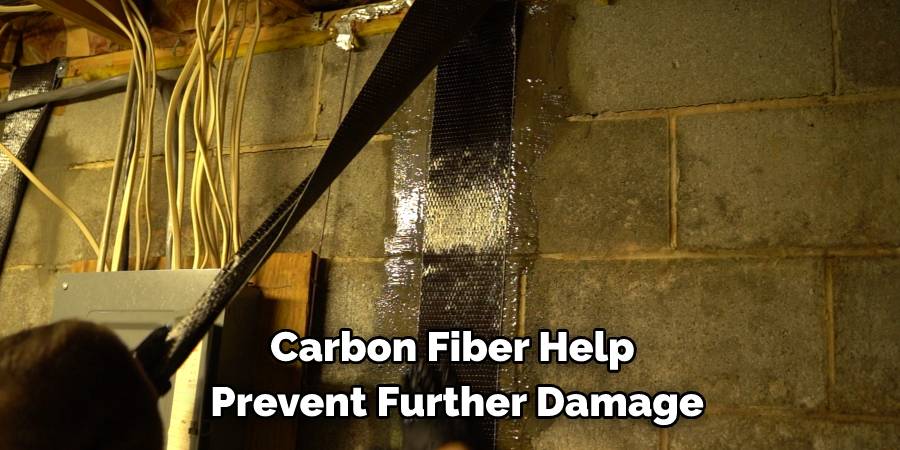
How to Identify Bowing Brick Wall Symptoms
One of the most obvious signs of a brick wall needing repair is horizontal bowing. Bowing happens when the mortar between the bricks breaks down, allowing water to seep in and cause the bricks to expand. As the bricks expand, they push against each other and cause the wall to bow out.
The wall may only bow slightly in some cases, while it can crack or even collapse in others. If you notice any of these symptoms, it’s important to have the wall inspected by a qualified professional as soon as possible. Left unchecked, a bowed brick wall can cause serious damage to your home.
How to Prevent Bowing Brick Wall Damage
Bowing brick walls are a common problem in older homes. Over time, the bricks can shift and sag, causing the wall to bow outwards. This can be caused by several factors, including water damage, Foundation settling, and even temperature changes.
If left unchecked, a bowed brick wall can eventually collapse. Therefore, it’s important to take steps to prevent this type of damage from occurring.
One way to prevent bowing brick wall damage is to ensure the foundation is stable. If the foundation settles or shifts, it can stress the bricks, causing them to bow outwards.
To check for foundation problems, look for cracks in the walls or floors, doors that stick, or windows that don’t open and close properly. If you notice any of these signs, it’s important to have the foundation inspected by a professional as soon as possible.
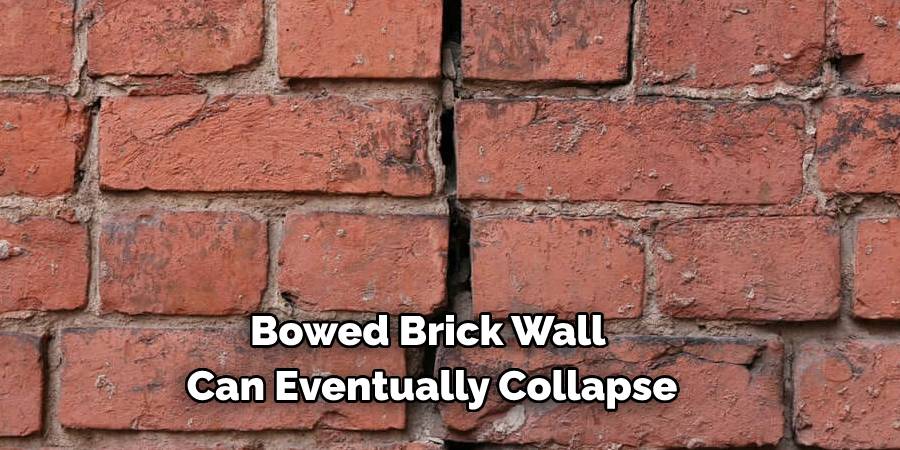
Another way to prevent bowing brick wall damage is to keep the brickwork clean and free of debris. Over time, dirt and grime can build up on the surface of the bricks, providing a foothold for plant roots and pests. These roots and pests can cause further damage by growing into cracks and crevices, widening them, and putting additional stress on the bricks.
To avoid this problem, it’s important to sweep or hose down the surface of the brickwork regularly. In addition, you should inspect the bricks for any cracks or holes that could provide an entry point for water or pests. If you find any damaged areas, they should be repaired as soon as possible.
By taking these simple precautions, you can help prevent bowing brick wall damage from occurring in your home.
Conclusion
If you have a bowing brick wall on your property, it is important to take action quickly to avoid further damage. There are a few different ways to repair a bowing brick wall, but which method you choose will depend on the severity of the damage.
For minor damage, such as cracks or gaps in mortar joints, you can usually repair the problem yourself with some basic tools and materials. However, for more severe damage, it may be necessary to hire a professional to install wall anchors.
No matter what method you choose, taking care of a bowing brick wall right away is essential for maintaining your property’s safety and appearance. Thanks for reading our post about how to fix bowing brick wall.
You Can Chack It Out to Fix Open Neutral Outlet
